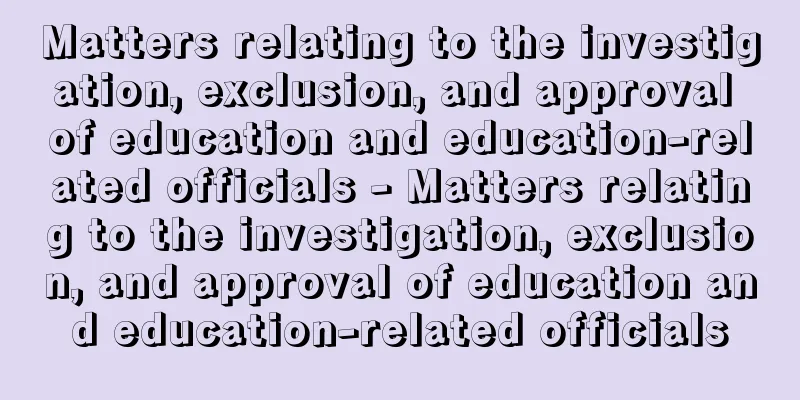Léonin (English spelling)

|
…From the end of the 12th century, the center of polyphony shifted northward, and until the end of the 13th century, Notre Dame de Paris was a particularly important location (the School of Notre Dame, the School of Paris). Here, organums and motets for two to four voices developed, centering around the conductors Léonin and Pérotin. These were grandiose musical structures built on the foundations of Gregorian chant, and had a similar atmosphere to Gothic cathedrals. … From [Christian Music]… The 12th and 13th centuries, the final period of development of Gregorian chant, a monophonic chant, were also the period of development of polyphonic music. The cornerstone of Notre Dame de Paris was laid in 1163, but at the end of the 12th century, when the altar and sanctuary were completed first, two great maestro Léonin and Pérotin appeared. They established an early form of polyphony called organum, which uses Gregorian chant as a basis and superimposes one to three counterpoint melodies on it. … From the Notre Dame School…While previous polyphonic music followed the rhythm of Gregorian chant, Leonin established a strict rhythmic system based on 3 beats by combining major and minor notes, bringing about a revolutionary innovation in music history. Based on this rhythmic system, called modal rhythm, Leonin, a representative composer of the late 12th century, composed two-part organums with Gregorian chant as a fixed melody and countermelody added, and further compiled such works to be sung on major holidays throughout the year in the Magnus Liber Organi. His successor, Perotinus, revised this collection and left behind many three- or four-part organums. … From 【French Music】… In parallel with the flourishing of Gothic art in France from its inception, France also led the way in music, enriching it with polyphony. The centers of its development were Chartres Cathedral in the 10th century, Saint-Martial Abbey from the end of the 11th century to the beginning of the 12th century, Saint-Victor Abbey in Paris from the middle of the 12th century to the 13th century, and especially Notre Dame Cathedral, giving rise to the name Notre Dame School. Léonin and Pérotin were representative of this school, and Pérotin's four-part Organum is said to mark an important period in the development of polyphony. In addition to religious motets, secular motets were also written, and as shown by the three-part Rondeau of Adant de la Halle, the importance of secular elements in music increased. … *Some of the terminology that mentions "Léonin" is listed below. Source | Heibonsha World Encyclopedia 2nd Edition | Information |
|
…12世紀末からポリフォニーの中心地は北に移動し,13世紀末までパリのノートル・ダム大聖堂が特に重要な位置を占めた(ノートル・ダム楽派,パリ楽派)。ここでは楽長レオナンLéoninとペロタンPérotinを中心に2~4声のオルガヌムやモテットが発達した。それらはグレゴリオ聖歌という土台の上に築かれた壮大な音の構築物で,ゴシック様式の大聖堂にも似た趣を備えている。… 【キリスト教音楽】より… 単旋律の聖歌であるグレゴリオ聖歌の最後の発展期であった12~13世紀は,同時にポリフォニー(複旋律)音楽の発展の時期でもあった。パリのノートル・ダム大聖堂の礎石は1163年にすえられたが,祭壇と内陣の部分がまず完成した12世紀末,ここにレオナンLéonin(レオニヌスLeoninus)とペロタンPérotin(ペロティヌスPerotinus)という2人の巨匠が姿を現す。彼らはグレゴリオ聖歌を基礎として,1~3声部の対位旋律をそれに重ね合わせるオルガヌムorganumと呼ばれる初期のポリフォニーの形式を確立した。… 【ノートル・ダム楽派】より…それまでのポリフォニー音楽がグレゴリオ聖歌のリズムに準じていたのに対し,長短の音符の組合せによって3拍子を基本とする厳格なリズム体系を確立して音楽史に画期的な革新をもたらした。モーダル・リズムと呼ばれるそのようなリズム体系に基づいて12世紀後半の代表的作曲家レオナンLéonin(レオニヌスLeoninus)はグレゴリオ聖歌を定旋律としてそれに対旋律を付け加えた2声オルガヌムを作曲し,さらに1年を通じておもな祝日で歌われるそのような作品を集大成して《大オルガヌム曲集Magnus Liber Organi》を完成した。その後継者にあたるペロタンPérotin(ペロティヌスPerotinus)はこの曲集を改訂して,数多くの3声ないしは4声のオルガヌムを残した。… 【フランス音楽】より… ゴシック芸術が当初からフランスで栄えたのと並行して,音楽も多声語法をフランスが先導して豊かにした。10世紀はシャルトル大聖堂ほか,11世紀末から12世紀初めにかけてサン・マルシアル修道院,12世紀中ごろから13世紀にかけてパリのサン・ビクトル修道院,ことにノートル・ダム大聖堂が,その発展の中心であったことから,ノートル・ダム楽派の名も生まれ,レオナンLéonin,ペロタンPérotinが同楽派を代表し,ペロタンの4声部の〈オルガヌム〉は,多声音楽の進展に重要な一時期を画するものと評される。宗教的な〈モテット〉のほかに世俗的なモテットも書かれ,さらにアダン・ド・ラ・アルの3声の〈ロンドー〉が示すように,音楽における世俗的なものが比重を増すにいたる。… ※「Léonin」について言及している用語解説の一部を掲載しています。 出典|株式会社平凡社世界大百科事典 第2版について | 情報 |
Recommend
Edward Elgar
English composer. He was taught music by his fath...
Law of the Sea
...That is, (1) the maritime order consisting of ...
Emmenagogue - emmenagogue
Drugs that improve or eliminate menstrual stagnati...
aquatron
...Small ones for plants are called growth cabine...
Martes foina (English spelling)
…[Yoshiharu Imaizumi]. … *Some of the terminology...
Ithaca (English spelling)
A city in central New York State, United States. F...
Carrel - Carrel (English spelling)
In 13th century European monasteries, the gaps bet...
Queen Elizabeth Islands
These islands make up the northernmost part of Can...
Geranium erianthum (English spelling) Geranium erianthum
…[Mitsuko Shimizu]. … *Some of the terminology th...
Joseph Simonius Assemani
1687‐1768 Maronite priest and pioneer of Oriental ...
IBF - IBF
《 international banking facilities 》 An offshore m...
Ring
〘Noun〙 ("Kin" is the Tang and Song pronu...
Melt spinning
A type of spinning method for chemical fibers. The...
Acrocephalus bistrigiceps (English spelling) Acrocephalusbistrigiceps
…[Higuchi Hiroyoshi]. … *Some of the terminology ...
NPT - NPT
Nuclear Non-Proliferation Treaty Source: About Sho...









